Create living spaces outdoors with stone all around the house
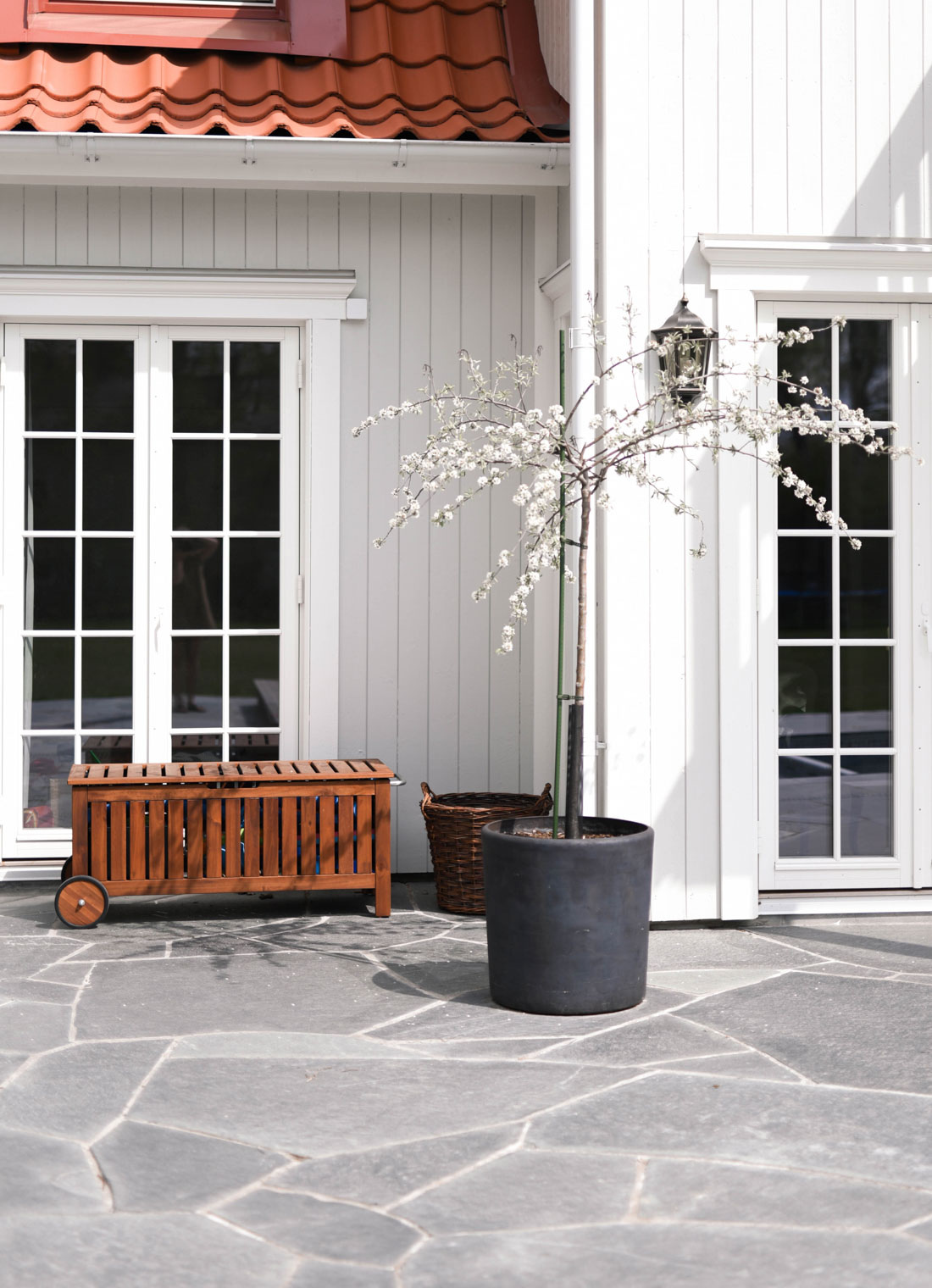
Want to give your outdoor area an upgrade, but are unsure where to start? Read garden designer Lina Lindberg’s top tips.
Want to give your outdoor area an upgrade, but are unsure where to start? Read garden designer Lina Lindberg’s top tips.
– The first thing to think about is how you want to use the outdoor area. Where you’re going to walk and where you’re going to sit. That’s where you’ll have to build paths and create garden spaces.
Lina Lindberg has worked as a garden designer in Sweden for over a decade and runs Linas Trädgård. She explains that planning is important. The ultimate garden design plan.
– It’s normal to think about which bushes and trees to choose. But you need to have the framework in place first. You have to start with walls, paths and rooms, and think of the flowers last.
By rooms she means areas in the garden that need to contain something – whether it’s seating groups, benches or flowers. Guide: how to create garden zones.
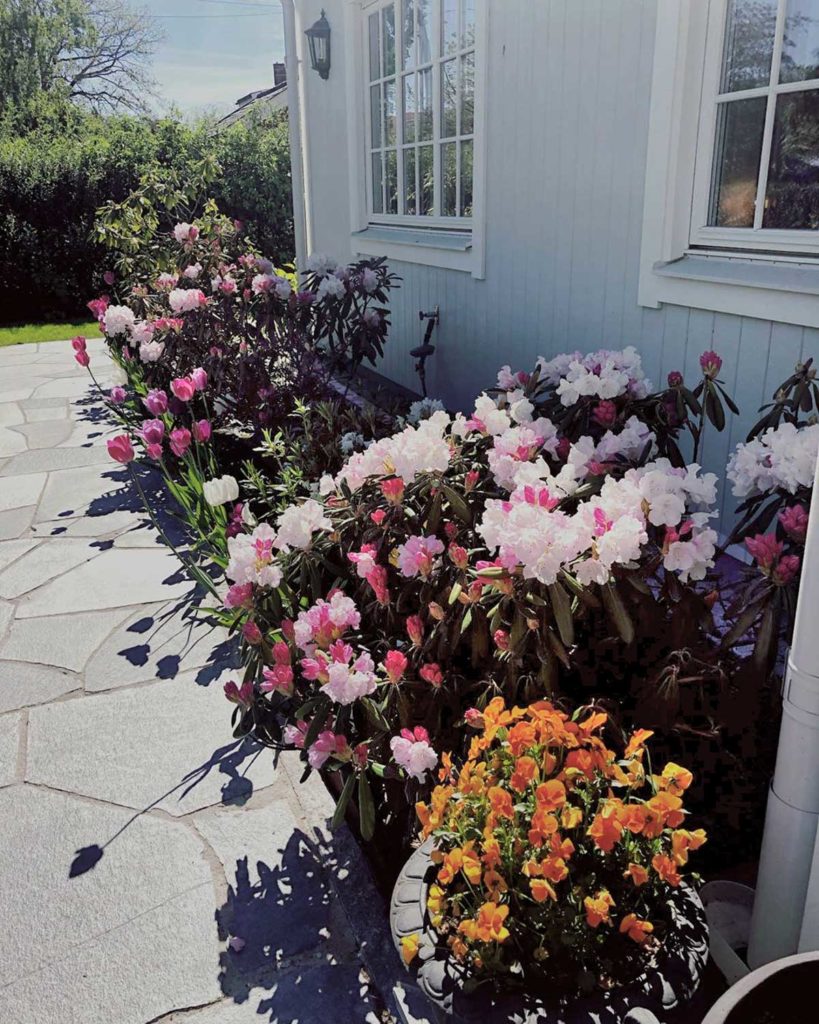
When you’ve decided how you want to establish the area around the house, it’s time to choose which materials to use. This doesn’t have to be completely homogenous, according to Lina.
For example, certain types of stone are not suitable for driveways, but that doesn’t mean that you shouldn’t lay it on your terrace or pathways.
It’s also great to combine various types of stone. Granite and slate, for example, go really well together.
– All genuine natural materials fit together, as long as they come from the same place. They can mirror the surrounding landscape. It’s always been important for me to work with nature, not against it, says Lina.
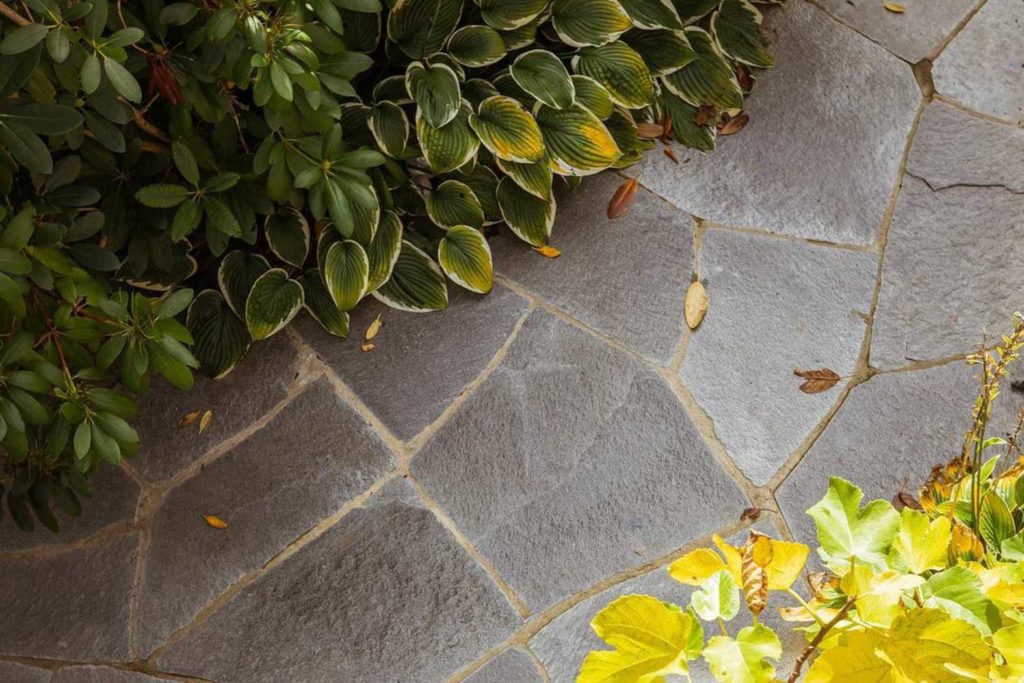
During the planning phase, it’s very important that you think about pathways. If you decide on gravel, the borders are important.
– Between soil and grass or gravel there must be a border. If, for example, you have a gravel path to your seating area or pergola, it’s important to dig a border, to prevent gravel from spilling onto the grass.
She adds: – If your path is paved, this isn’t as important. The paving stones will serve as a natural boundary between the grass and the path. How to easily make a path with stepping stones in the garden.
Even though several types of stone can be used, Lina is clear that it is best to invest in quality.
-I always recommend my clients to use gravel until they have saved up for real natural stone, such as slate. It may sound a bit snobbish, but it’s actually better to invest in something that lasts, rather than buying a cheaper material that will just deteriorate.
She advises her clients not to buy pre-cast concrete, but emphasises that concrete can also work, in some situations.
– If you use concrete in combination with natural stone, it can look really good and it’s completely maintenance-free.
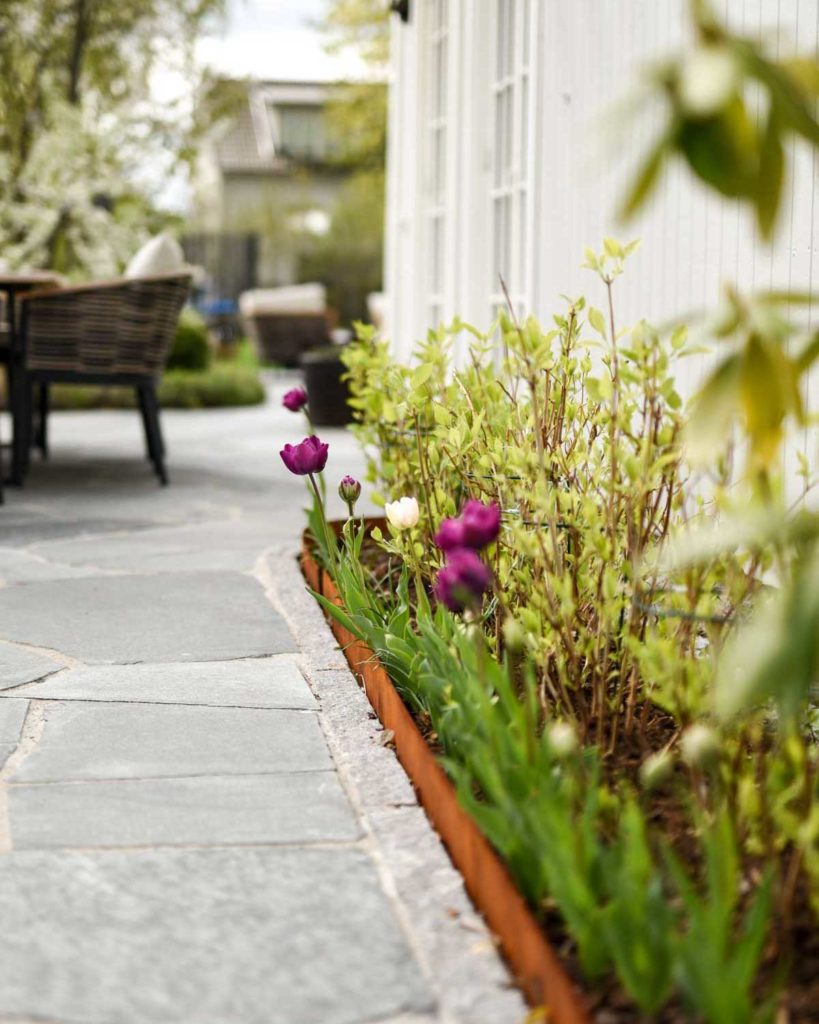
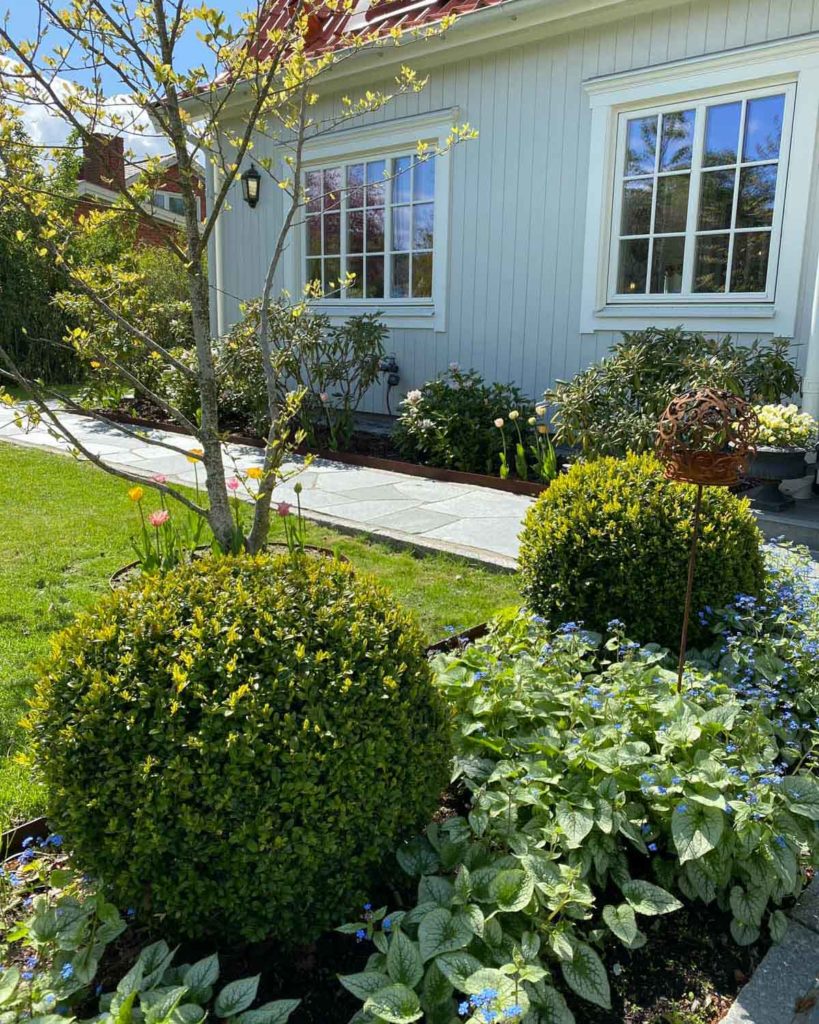
Finally, think about giving the garden a characteristic finishing touch. This is when Lina recommends that you should think about which plants should adorn your garden.
– This is where you can add your own personal touch. Both homogeneous and heterogeneous ideas work.
By this she means that you can have many of the same type of plant, or mix things up with a lot of different ones.
– The important thing is that the garden reflects nature in general. So you can easily combine whatever you want, as long as these are plants that grow well where you live. Plants are also great for creating and filling outdoor rooms, she explains.
– For example, creepers work really well with a pergola. If you set up a trellis, it can serve as a natural divider, creating a sense of space. If you’re lucky enough to have a large tree in your garden, let the branches become a natural roof and create a room beneath it.
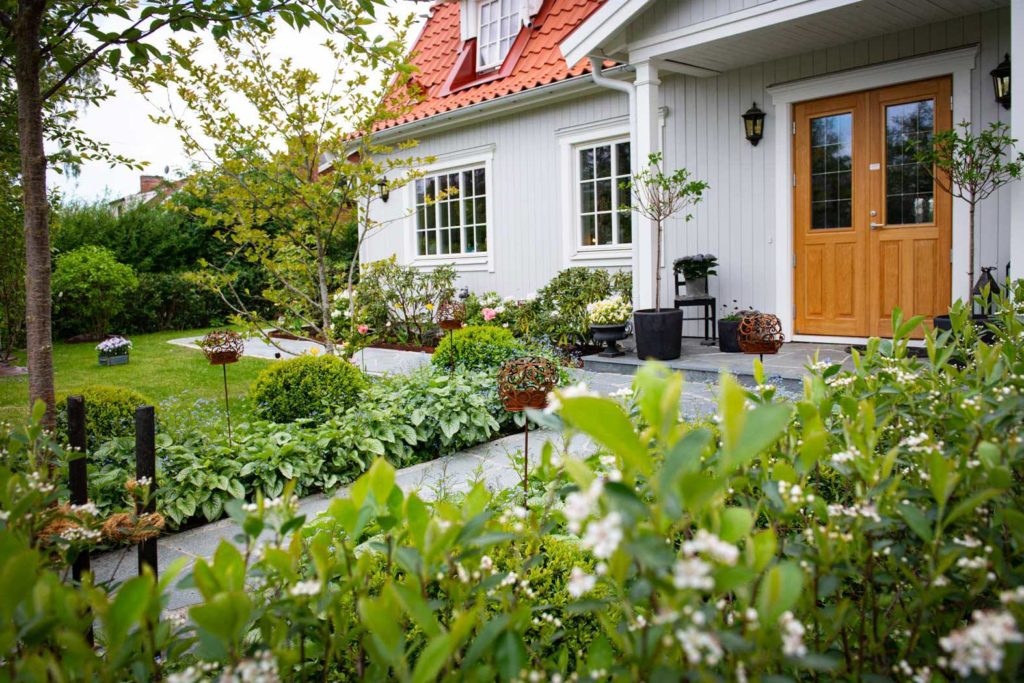
Once you’ve carefully chosen your materials, created small rooms and planted local shrubs, what more does it take to really give your outdoor space that little bit extra?
Lighting! According to the expert.
– Garden lights are really beautiful, but it’s important that you illuminate your garden correctly. Both garden rooms and paths deserve to be displayed, even in the dark, but it mustn’t end up looking like a runway.
The trick is to make your garden lighting attractive.
– Your lighting mustn’t dazzle! It’s best to use indirect lighting, for example by lighting up a tree from below. If you illuminate the outdoor areas correctly, this can really turn a beautiful spot into something quite incredible, she concludes.
-I always recommend my clients to use gravel until they have saved up for real natural stone, such as slate. It may sound a bit snobbish, but it’s actually better to invest in something that lasts, rather than buying a cheaper material that will just deteriorate.
Lina Lindberg
Garden designer, Linas Trädgård
